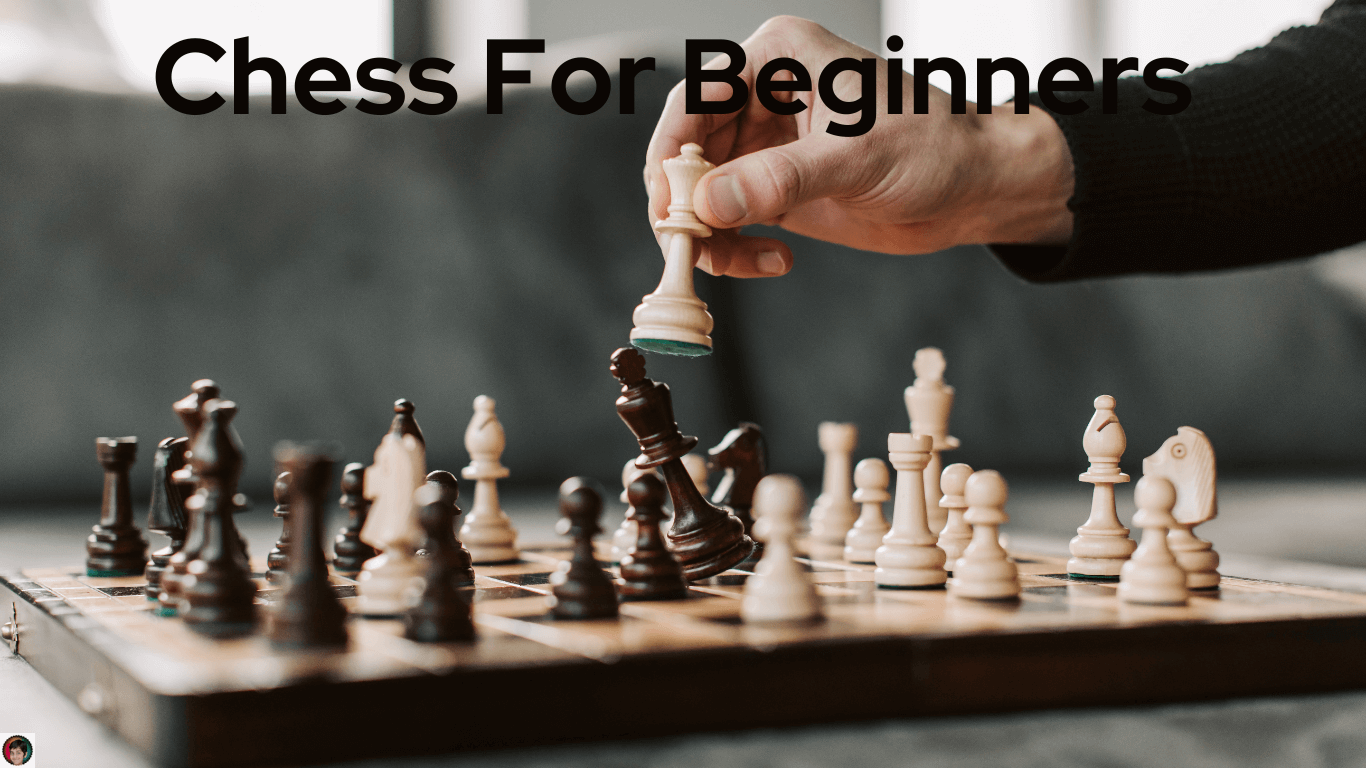Chess is an excellent way to develop your mental skills. It’s also a fun game for kids and adults alike!
To begin, set up the board so that each player’s pieces start on a light-coloured square in the bottom right-hand corner. This makes the game easier to play.
Rules
Chess is a game of strategy, and it’s fun for players of all ages and skill levels. It also promotes good mental health, and it can help you develop logical thinking skills.
It’s a great way to relax and de-stress after work, and it’s often enjoyed by friends and families as well. However, it can also be quite complex for beginners, so learning the rules is vital if you want to play.
The basic chess rules involve alternating turns, where each player moves one of their pieces. These can be pawns, rooks, bishops or queens.
Pawns can move a single square forward in a diagonal direction, and they’re the most common piece in chess. They can also capture an enemy piece by moving a single square into a space occupied by a piece of the opposite colour.
Rooks can move any number of squares horizontally, vertically or diagonally, but they can only do this in a straight line on their first move. They can also capture an enemy piece by simply moving onto their square.
Knights can jump over other pieces, making them a good candidate for capturing a King. They can also move any number of squares, but they can’t cross a row or block the path of another piece.
Bishops can move any number of squares horizontally, but they can’t move into a square that’s already occupied by a piece of the same color. They can also move a square into a space that’s occupied by a piece of the opposite color, but they cannot cross a row.

Queens are the most powerful chess pieces and can move any number of squares in a single straight line. They can also move a single space horizontally, vertically or diagonally, although they can’t move into a square occupied by a piece of the same colour.
The objective of a game of chess is to “checkmate” your opponent’s King. You do this by moving your pieces such that they’ll inevitably cause the king to be captured on the next turn, leaving you in control of the board and with a win. You can also win if your opponent resigns, thereby conceding the game to you.
Pieces
Chess is one of the most popular board games in the world, and it’s also a game that requires a lot of skill. That’s why it’s important to choose the right chess pieces for your game. Choosing the right ones will make it easier to play a good game, while also making it more fun.
There are 6 different kinds of pieces in chess, and each one moves differently. These include the rook, bishop, queen, knight and king. Each of these pieces can move in a different direction, and each of them is worth different points.
The rook is the strongest piece, and it can move both horizontally and vertically in backward and forward directions. The bishop is a little less powerful, but it can still cover a lot of squares and can capture other pieces.
Queens are the second most powerful pieces, and they can move both horizontally, vertically and diagonally. They can also capture pieces and defend themselves.
Another strong piece is the knight, and it can jump over other pieces. This makes it a great option for late-game attacks, and it can also be used to trap the king.
In chess, players have two armies of pieces that they take turns to move. The White army always moves first, and the Black army always goes last.
The pieces can be moved any number of squares in a single turn. However, they can’t be moved to a square that would give a check or checkmate to the opposing player.
They can also move to a square that is being attacked by an opponent’s piece, but they can’t move to that square if they are defended.
If a piece is captured by an opponent, it is removed from the board and replaced by another piece. In chess, the goal is to capture your opponent’s king by moving your own king onto that square.
Once you understand how the pieces work, you’ll be able to play more chess games and develop your strategies. There are many books, online resources and local tournaments to help you hone your skills and learn more about the game.
Variations
Chess is one of the oldest and most popular games, but it can be tricky to get started. This is why learning a few different variations can help make the process more interesting for beginners. These variations can also help you improve your strategy by introducing a new element into the game.
There are many different variations of chess, each with its own rules and strategies. Some are easier to learn than others, so it is important to find a variation that fits your skills and interests. You can start by learning the basic moves of each piece and then working on building up your strategy.
Each type of piece has its own movement rules, but they all follow a few general stipulations. These include the fact that pieces can’t move through other pieces or into a square occupied by another piece (e.g. pawns can’t move to the f1 square). They also can’t move backwards.
Knights are another type of chess piece that has some special movement rules. They can move up to two squares diagonally on their first turn, and they can move up to three squares horizontally. They can also move a single square in both directions, which is called jumping over a pawn or piece.
The most important piece in chess is the King. If you want to win, you need to capture your opponent’s King. You can do this by trapping it and forcing your opponent to move away from it.
You can also move your King into a more central position and protect it from attacks. This can help you develop your rooks and queens, which will give you an advantage later on in the game.
Some chess variants are more complex than the standard game, and they require more strategic thinking. These include hex chess, which is played on a hexagonal board; Los Alamos, which is a six-by-six board that doesn’t have bishops; and Capablanca, which has extra pieces such as archbishops and chancellors.
These chess variants can be difficult to learn, but they are a lot of fun and will help you improve your chess skills in the process. They also allow you to enjoy playing a game with friends and family.
Strategy
Chess is a game that requires a lot of strategies. Beginners may feel intimidated by the idea of learning it but it can help them develop their analytical abilities. It is also a great way to improve their memory.
While chess can be an intellectual challenge, it is also a very social game that involves cooperation and teamwork. It can be a great stress reliever for people who are stressed or overwhelmed. It is also an excellent tool for analyzing other aspects of life, such as leadership and communication.
The strategic approach is the most important aspect of playing chess. It is the key to success and can determine how much a beginner will improve or even lose their game.
Strategy is the process of planning and making decisions about what a position calls for in a given situation. According to the second world champion Emmanuel Lasker, “A bad plan is better than no plan at all.”
Chess strategy includes a variety of concepts, such as material count, piece activity, piece mobility, pawn structure, space, and king safety. These principles will help beginners understand how to evaluate a position and make decisions about their next move.
One of the most important strategies is to develop your pieces. This means moving them out of their initial positions on the board and into active positions that allow them to attack or defend against opposing pieces.
Another strategy is to control the centre of the board. This can be achieved by placing your pieces so that they attack the central squares.
If you don’t control the centre, your opponent will be able to take advantage of tactical battles in this part of the board, which can increase their chances of winning the game.
A final chess strategy is to have your king safe from attacks by the opponent’s pieces. The king is one of the most important pieces on the board because it controls the centre and can protect your pieces from attack.
The strategy of chess for beginners is to focus on developing your pieces and controlling the centre of the board. This will give you more opportunities to attack and defend against your opponents, which will lead to a win.


